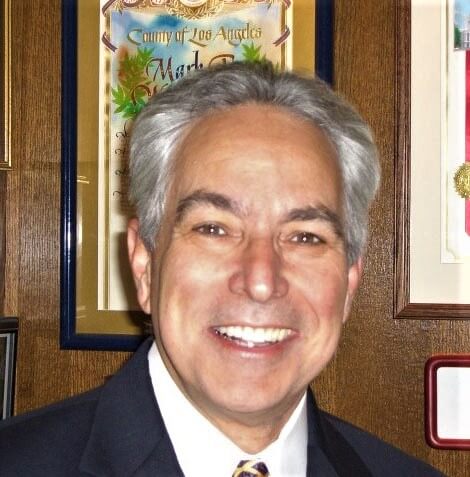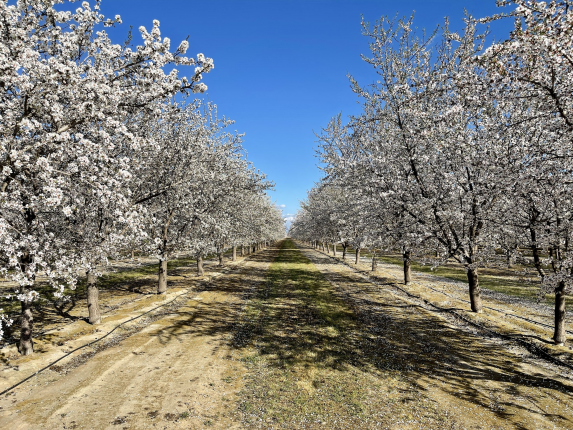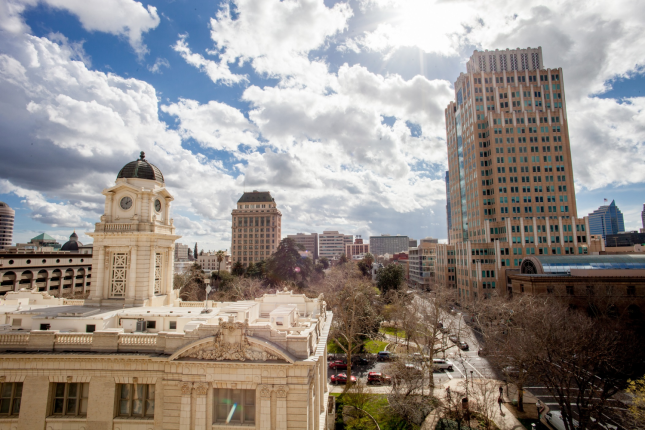Resilience and Fed Aid Fortify State and Local Government Post COVID-19 Jobs Outlook

“Public Service is a noble calling and we need men and women of character to believe that they can make a difference in their communities, in their states and in their country.”
– President George H.W. Bush –
The Covid-19 public health crisis produced a devastating cascade of adverse effects on virtually all aspects of American life, most notably the national economy. Absent a cohesive federal plan, the burden of testing, treatment, tracing and other pandemic-related tasks, and their unanticipated crippling cost, fell upon states and local governments. Unprecedented measures imposed to contain and control the virus ranging from business closures to wholesale community lockdowns resulted in an abrupt decline in government revenues. States and local governments whose economic vitality depend heavily on tourism, entertainment and robust retail sales were particularly hard hit.
To cope with increased costs and fear of plummeting revenues, many government agencies invoked traditional strategies. Pertaining to human resources, these include reduced hours, furloughs, hiring freezes, and layoffs. By February 2021, the U.S. Census Bureau reports that state and local governments cut 1.3 million jobs, of which approximately half at the local level were in education. By comparison, 585,000 public sector jobs were lost between 2008 and 2013 due to the Great Recession. Each job loss brings a story of personal hardship, but it is also important to note its impact on the national economy. In the aggregate public employees comprise about 13% of the American workforce and collective state and local government revenues represent 9% of the GDP. The harmful consequences of downturns in government revenues and employment are compounded by the fact that government is slower to be impacted but also slower to recover than the private sector.
The production and administration of Covid-19 vaccines is already resulting in stunning progress toward abating the ravages of the virus. While it is among the greatest of our reasons for hope and optimism about the future of our health and welfare, there are additional reasons to expect that the job outlook for government is encouraging. Chief among them is the axiom that past performance is often a predictor of future performance. According to a Bureau of Labor Statistics 2016 report, government employment, long considered the gold standard of stability, experienced higher than average annual growth of 2.2% over the previous 100 years. This period encompasses the 1918 Pandemic, Great Depression, 911, and the 2008 Great Recession.
The precipitous drop in government employment beginning in March 2020 seems disproportionate to the severity of revenue losses and there is some evidence that it occurred in an abundance of caution and with the battle-scarred experiences of The Great Recession still fresh. Social distancing requirements and generous unemployment benefits to mitigate the suffering may also help explain the extent of job losses.

Public sector agencies have not been wounded uniformly. According to the Brookings Institute (Sept 2020), declines in revenue during 2020 stemming from the pandemic are less than those recorded in the Great Recession and are likely to be smaller than predicted based on the increase in unemployment. And, while the Washington Post reported in February 2021 that at least 26 states were grappling with shortfalls, several states experienced revenue growth. The Post observed that employment losses have been concentrated on low-wage earners and the stock market has rebounded sharply. This economic seismic shock is event driven, not systemic. Economic reports elsewhere point to a vigorous housing market and an expectation that pent up consumer demand for products and services will likely fuel a strong U.S. recovery in the second half of this year and beyond. This does not preclude some lingering effects of the pandemic on the economy or employment in some sectors, but they are now expected to be mild.
At the peak of the 2008 Great Recession the American Recovery and Reinvestment Act provided substantial relief to the public sector. Similarly, though largely indirectly, the $2 trillion CARES Act fiscal stimulus last spring helped sustain the economy and prop up local government revenues. In late December 2020, Brookings revised their September 2020 projections of lost state and local revenues downward to $350 billion for the 3-year period 2020-2022. They noted that state and local governments have received $280 billion in federal aid thus far and that the Democrats are poised to pass their proposed 1.9 trillion stimulus relief bill which includes an additional $350 billion for them. Brookings’ “back of the envelope” estimate reveals that federal aid alone will more than offset revenue losses. Still, we are reminded that both the virus and its economic impacts are fluid, and the stimulus funding is designed to be a one-off.
The takeaways for the future state and local government hiring outlook then are promising. Government employment is resilient and has a history of steady growth based on unrelenting increases in population and corresponding service demands. Public sector job losses attributed to the pandemic have been disproportionate to actual revenue losses. Federal Aid has been provided and will likely be substantially increased. Pent up consumer demand for travel, entertainment, dining, services, and products is expected to follow on the heels of widespread immunization as early as this summer.
Take off your masks and enjoy a deep breath of relief for both your health and your prospects to secure your place in the pantheon of public service workers as a state or local government employee! Now carefully put your mask on (for just a little longer) and go complete your application.
Want new articles before they get published? Subscribe to our Awesome Newsletter.

CAREER ADVICE

GOV TALK





